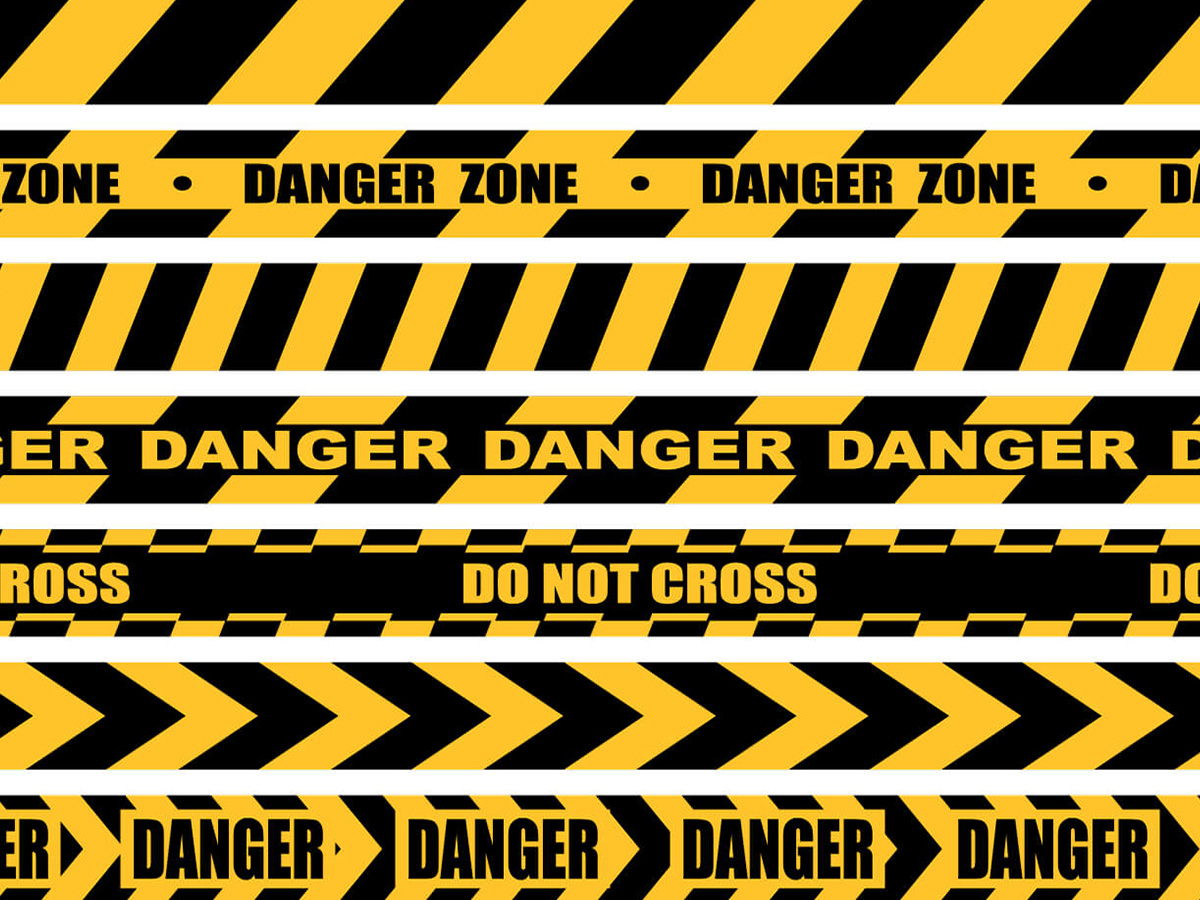Safety is paramount in various environments, whether in workplaces, public areas, or construction sites. Ensuring the safety of individuals involves the effective marking of dangerous zones to alert people of potential dangers. This blog aims to explore the importance of marking dangerous zones, the methods and best practices involved, and the benefits of proper risk marking.
Understanding dangerous Zones
dangerous zones are areas where there is a significant risk of injury or harm due to the presence of dangerous conditions or materials. Common types of dangerous zones include areas with chemical spills, construction sites, and high voltage zones. Identifying and clearly marking these zones is crucial to prevent accidents and ensure the safety of everyone present. By effectively marking dangerous zones, we can alert individuals to potential dangers and help them take necessary precautions.
Methods of Marking dangerous Zones
There are various methods to mark dangerous zones, each serving the purpose of enhancing safety and awareness. One of the most effective methods is the use of safety tapes and signs. Hazard warning tape is a widely used tool for quickly and visibly marking dangerous areas. It often features bold colours and patterns, which are easily recognizable and associated with caution.
Colour coding is another significant method. Different colours represent different types of risks, making it easier for people to understand the specific danger present. For example, red may indicate fire risks, while yellow could signify caution or potential danger.
In addition to physical markers, technological aids like digital signage and augmented reality markers are becoming more prevalent. These tools provide real-time updates and interactive warnings, further enhancing the effectiveness of risk communication.
Best Practices for Marking dangerous Zones
When marking dangerous zones, several best practices should be followed to ensure maximum effectiveness. Placement and visibility are critical considerations. Markings should be placed at eye level and in well-lit areas to ensure they are easily seen. Using reflective materials can improve visibility in low-light conditions.
Regular maintenance and updates of risk markings are essential to ensure they remain effective. Worn or damaged markings should be replaced promptly to maintain their visibility and integrity. Training staff and stakeholders on the meaning of different markings is also vital. This education ensures that everyone understands the significance of the markings and knows how to respond appropriately.
Regulatory Standards and Compliance
Compliance with safety regulations and standards is crucial for any organisation. Various local and international safety guidelines dictate the proper marking of dangerous zones. Non-compliance can lead to severe consequences, including legal penalties, fines, and increased risk of accidents. Adhering to these standards not only ensures legal compliance but also promotes a culture of safety within the organisation.
Benefits of Proper risk Marking
Enhanced Safety: Proper risk marking plays a crucial role in enhancing safety within an environment. By clearly identifying dangerous areas, risks, and potential risks, individuals are more aware and can take necessary precautions to avoid accidents.
Reduced Risk of Accidents: The clear and visible marking of risks helps to reduce the risk of accidents. When individuals are aware of the potential dangers around them, they are more likely to act cautiously, thus minimising the likelihood of accidents occurring.
Increased Awareness and Preparedness: risk markings increase awareness among workers and the public. They serve as a constant reminder of potential risks, ensuring that individuals are always prepared to handle any risks that may arise.
Cost Savings: Proper risk marking can lead to cost savings for organisations. By preventing accidents, businesses can avoid the associated costs, such as medical expenses, compensation claims, and legal fees. Additionally, reducing downtime due to accidents can result in significant cost savings for businesses.
Legal Compliance: Proper risk marking helps organisations comply with legal requirements regarding safety standards. By ensuring that dangerous areas are clearly marked, businesses can avoid potential legal issues and penalties.
Improved Efficiency: risk markings can also lead to improved efficiency within an organisation. When risks are clearly identified and marked, work processes can be organised more effectively, leading to increased productivity.
Enhanced Reputation: A commitment to safety, as demonstrated through proper risk marking, can enhance an organisation’s reputation. Customers, employees, and the public are more likely to trust and respect an organisation that prioritises safety.
Challenges and Solutions
Marking dangerous zones comes with its challenges, such as maintaining the visibility of markings in dynamic environments or ensuring consistency in large areas. Practical solutions include using durable materials for markings, implementing regular maintenance schedules, and leveraging technology for real-time updates.
Case Studies and Examples
Real-world examples really highlight just how important effective risk marking is. Let’s start with a story from our own experience i.e at My Tape Store. At a chemical plant, we used tape to mark spill areas clearly. This simple step has prevented numerous accidents by alerting our workers to potential dangers. The bright, easily recognizable tape made it impossible to miss these dangerous zones, ensuring everyone stayed safe and aware.
On the flip side, we’ve also seen what can happen when risk marking isn’t done properly. In one construction zone we reviewed, the lack of clear signs led to serious injuries. Workers were unaware of the dangers around them because there were no visual cues to warn them. This incident underscored for us just how critical proper risk marking is in preventing accidents and protecting people.
We also have a success story from a warehouse we worked with. The warehouse implemented a comprehensive marking system that included both safety tapes and digital signage. The combination of these tools made the dangerous zones unmistakably clear. Our team noticed a significant reduction in workplace accidents as a result. The clear delineation of dangerous areas meant that workers could easily identify and avoid them, proving the effectiveness of thorough marking strategies.
These experiences have reinforced our belief in the power of proper risk marking. Whether it’s using black and yellow reflective tape or incorporating digital tools, the key is to make sure dangerous zones are visible and understandable to everyone. By doing so, we can create safer environments and protect our team members from unnecessary risks. This hands-on approach to safety not only helps prevent accidents but also promotes a culture of awareness and preparedness in our workplaces.
Conclusion
Marking dangerous zones is a critical aspect of ensuring safety in various environments. By understanding the importance of risk marking, implementing effective methods, and following best practices, we can significantly reduce the risk of accidents. Organisations should prioritise risk marking to protect their workers and the public. Take action today to enhance safety and awareness in your environment.















